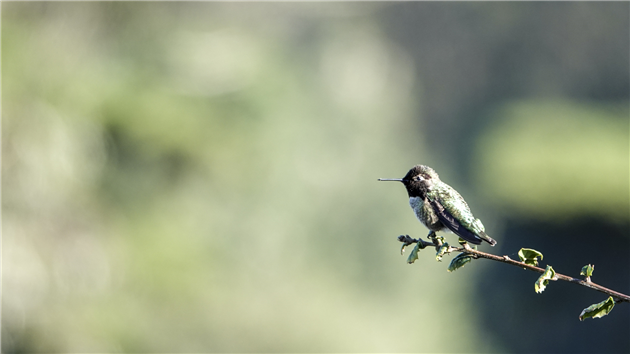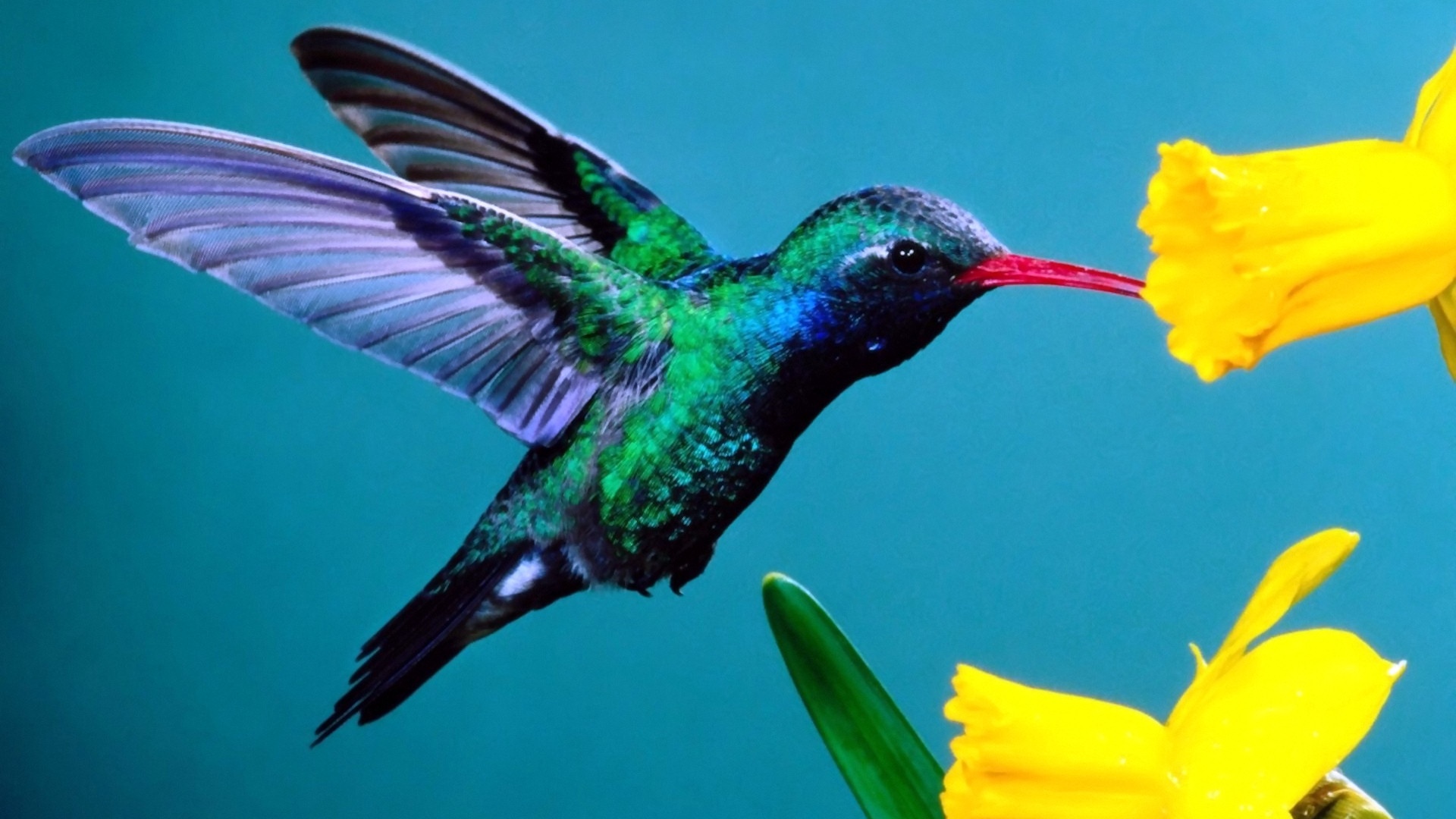

Hummingbird Species in each Region: Regions There are 360 species of Hummingbird in the world and of these 140 species of Hummingbird are found in North America, if you take the broad view and include all those in Canada, the United States, Mexico, Central America, and the Caribbean. Hummingbirds can travel over 4000 miles in a year, fly at 98 km/h, have a wingbeat of an average of 58 beats per second and lay an egg the size of a jelly bean! The younger the birds are, the less iridescence the upperparts will show, but the color is still evident.Tiny bursts of color and speed coupled with magnificent hovering skills make the hummingbird one of my favorite bird species with good reason.

Young birds may show a few red spots near the base of the throat, and those spots will eventually become a full, colorful gorget. Throat: While females have very faint gray streaks on the throat, juvenile male ruby-throated hummingbirds have much bolder streaks that will gradually show the red iridescence characteristic of their fathers.It will gradually darken to their mature plumage. Face: Juvenile male ruby-throated hummingbirds have the same gray auriculars that their mothers have, but the color is often less intense and less extensive.The outer three tail feathers on each side have white tips, and when perched, the tail is slightly longer than the folded wingtips. Tail: The female ruby-throated hummingbird has a rounded tail without the sharp points of the male's tail feathers, though they are still somewhat pointed.The amount of streaking varies but is generally minimal and may not be noticeable. Throat: Unlike the male's colorful throat, the female ruby-throated hummingbird has a plain white chin and throat with only limited, faint gray streaking.Bill: The bill of the female ruby-throated hummingbird is long, thin, and uniformly black.Depending on the light, the feathers may show a yellow or gold hue. Upperparts: Like the male, the upperparts of the female ruby-throated hummingbird are a shimmery iridescent green.This contrasts well with the pale throat and green head. Cheeks: The auriculars of the female ruby-throated hummingbird are distinctly gray, though the amount of gray coloration can vary.Eye: Like the male ruby-throated hummingbird, a white spot is easily visible behind the female's dark eye.The darker wings, when folded, contrast with the colorful body. Upperparts (not pictured): The upperparts of the ruby-throated hummingbird are a bright green or green-gold with an iridescent sheen.When the tail is held folded, the shape may be more difficult to see. Each feather is pointed, and on the male, each feather is dark.

Tail: The ruby-throated hummingbird has a long, pointed tail with a deep notch at the center.The coloration doesn't quite fill in the underparts, however, and there may appear to be a pale line down the center of the abdomen. Flanks: The bird's flanks are a gray-green color that may show some sparkling iridescence.Because the head of the male ruby-throated hummingbird is dark, the spot can stand out significantly. Eye: The eye is dark, but there is a bright white spot just behind the eye.It makes a striking contrast to the bird's throat. Breast: The breast is bright white and unmarked.

Depending on the light, the throat may have an orange-red hue. In shadows or poor light, however, the entire throat may seem dark or dull. Throat: The male ruby-throated hummingbird has a bright red throat, or gorget, with sparkling iridescence when seen in bright light.The ruby-throated hummingbird has a black chin. Chin: The chin of a hummingbird may be tiny, but it can be a clue to the bird's identity.Bill: Like all hummingbirds, the narrow, needle-like bill is ideal for sipping nectar from deep inside flowers.The Spruce Home Improvement Review Board.


 0 kommentar(er)
0 kommentar(er)
